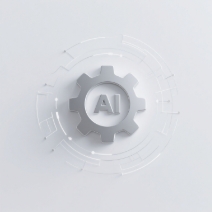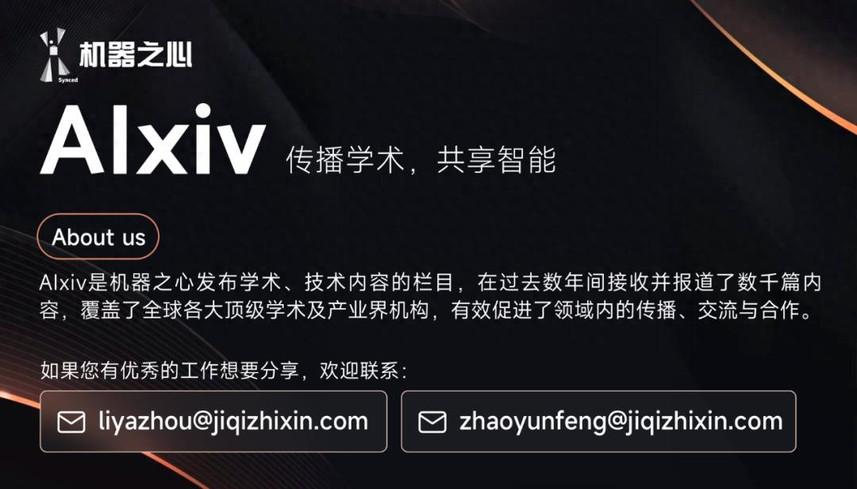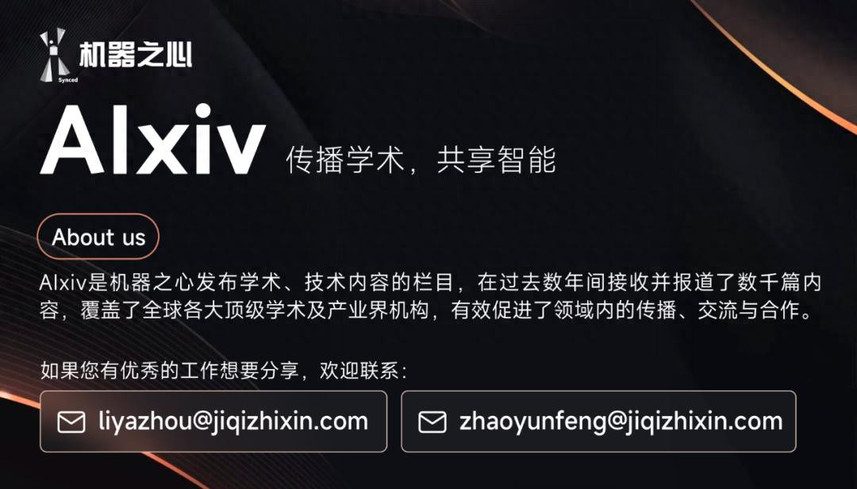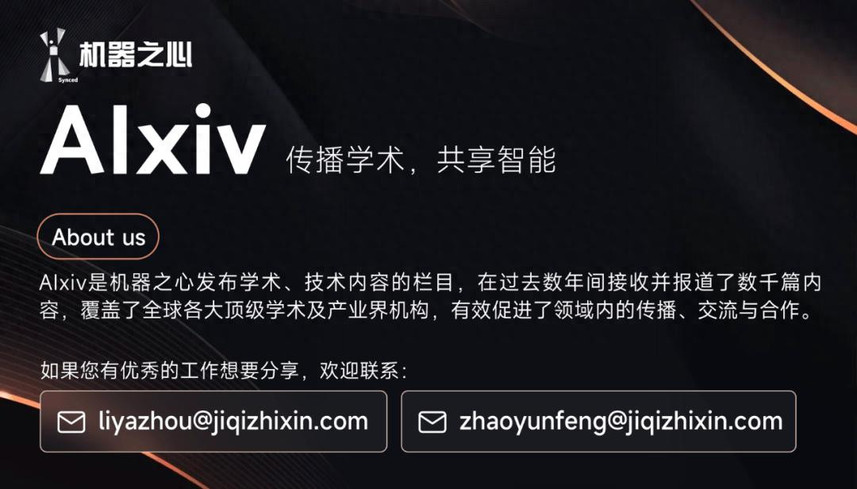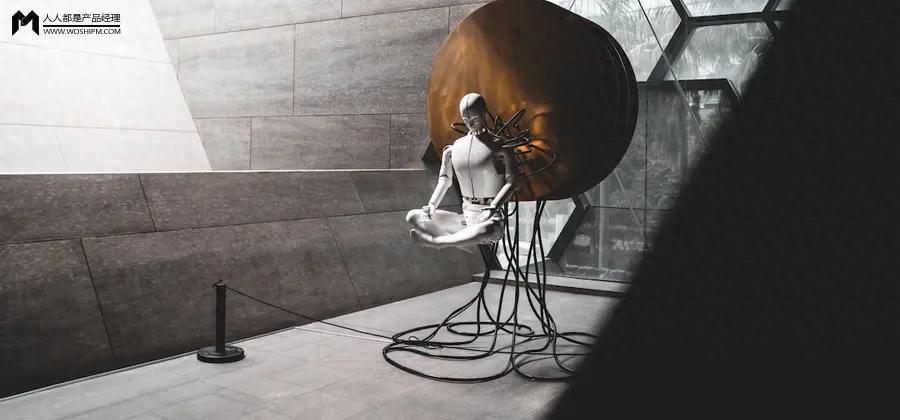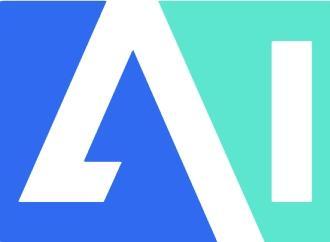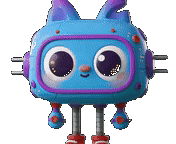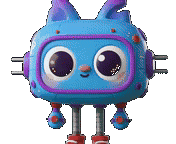OpenAI embraced Model Context Protocol, providing powerful support for an open standard that connects large language models to tools and data.
What’s new: OpenAI will support Model Context Protocol (MCP) in its Agents SDK and soon its ChatGPT desktop app and Responses API. The move will give developers who use OpenAI models access to a wide variety of pre-existing tools and proprietary data sources.
How it works: Launched by Anthropic late last year, MCP connects AI models to a growing ecosystem of plug-and-play resources, including more than 6,000 community-built servers and connectors.
- MCP defines clients and servers. Servers expose tools and data sources that LLMs can use. Clients like Claude for Desktop or agents built using the OpenAI Agents SDK interact with servers.
- Servers define tools such as internet search or file system manipulation, and users can download and run them locally or connect to servers hosted by third parties. In their code, users simply tell the client where the server(s) are running. Given a prompt, a model, behind the scenes, will retrieve a list of tools available from all servers, decide which to use, call them, and formulate and return responses.
Behind the news: Momentum behind MCP has built rapidly. Last month, Microsoft integrated MCP into CoPilot Studio, enabling developers to build agents with access to MCP servers. Cloudflare enabled its customers to deploy remote MCP servers. In February, the AI-powered code editor Cursor enabled users to add MCP servers.
Why it matters: OpenAI’s move will make it easier for developers who use its models to connect to a variety of tools and data sources, and it helps to establish MCP as a go-to protocol for building agentic applications. Instead of figuring out manually how to integrate various providers, developers can connect to a third-party server (or download and run it themselves) and tie it into existing workflows with a few lines of code.
We’re thinking: Kudos to Anthropic, OpenAI, and other competitors who realize it’s better to solve shared problems together than fragment the industry.

